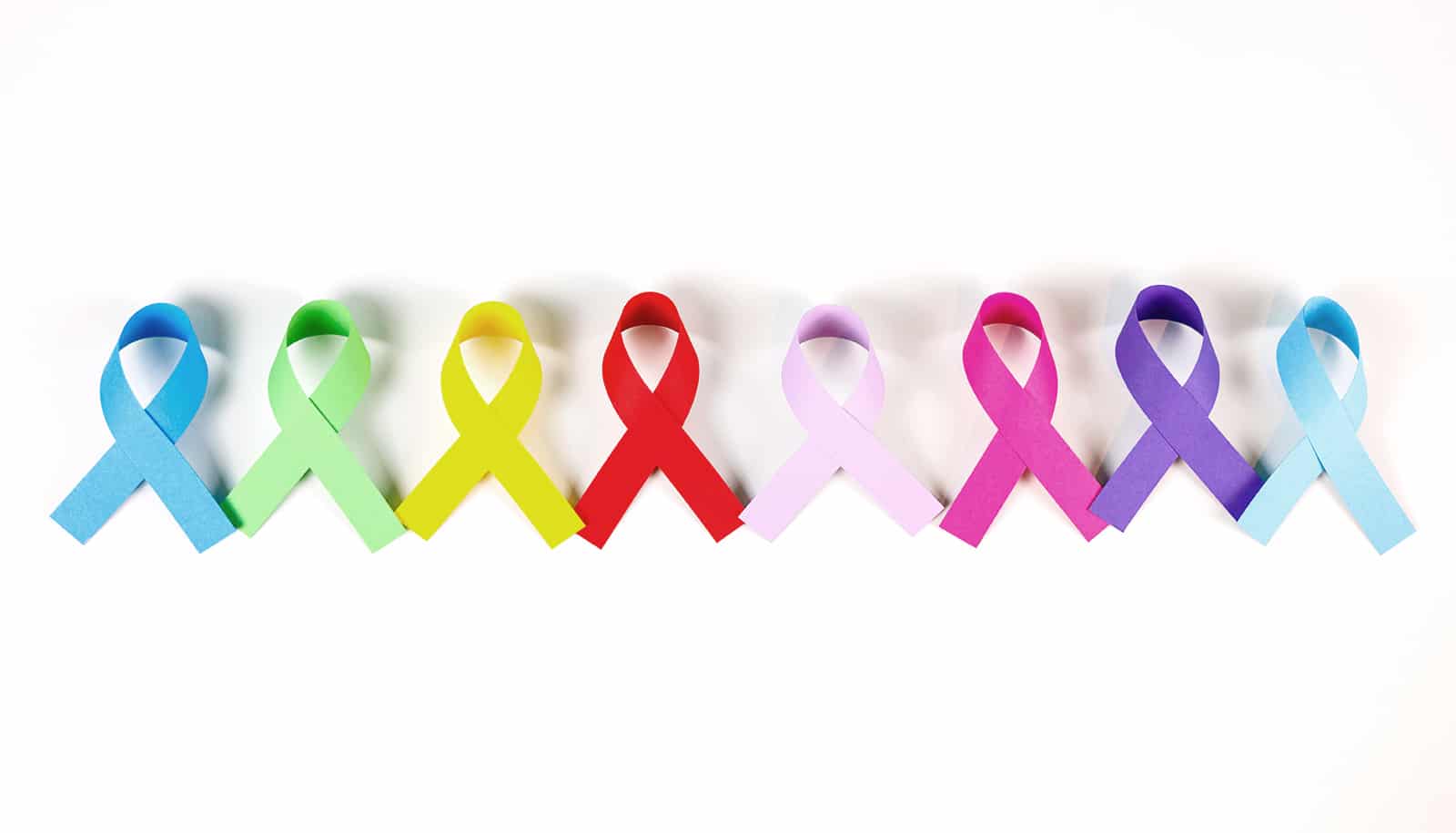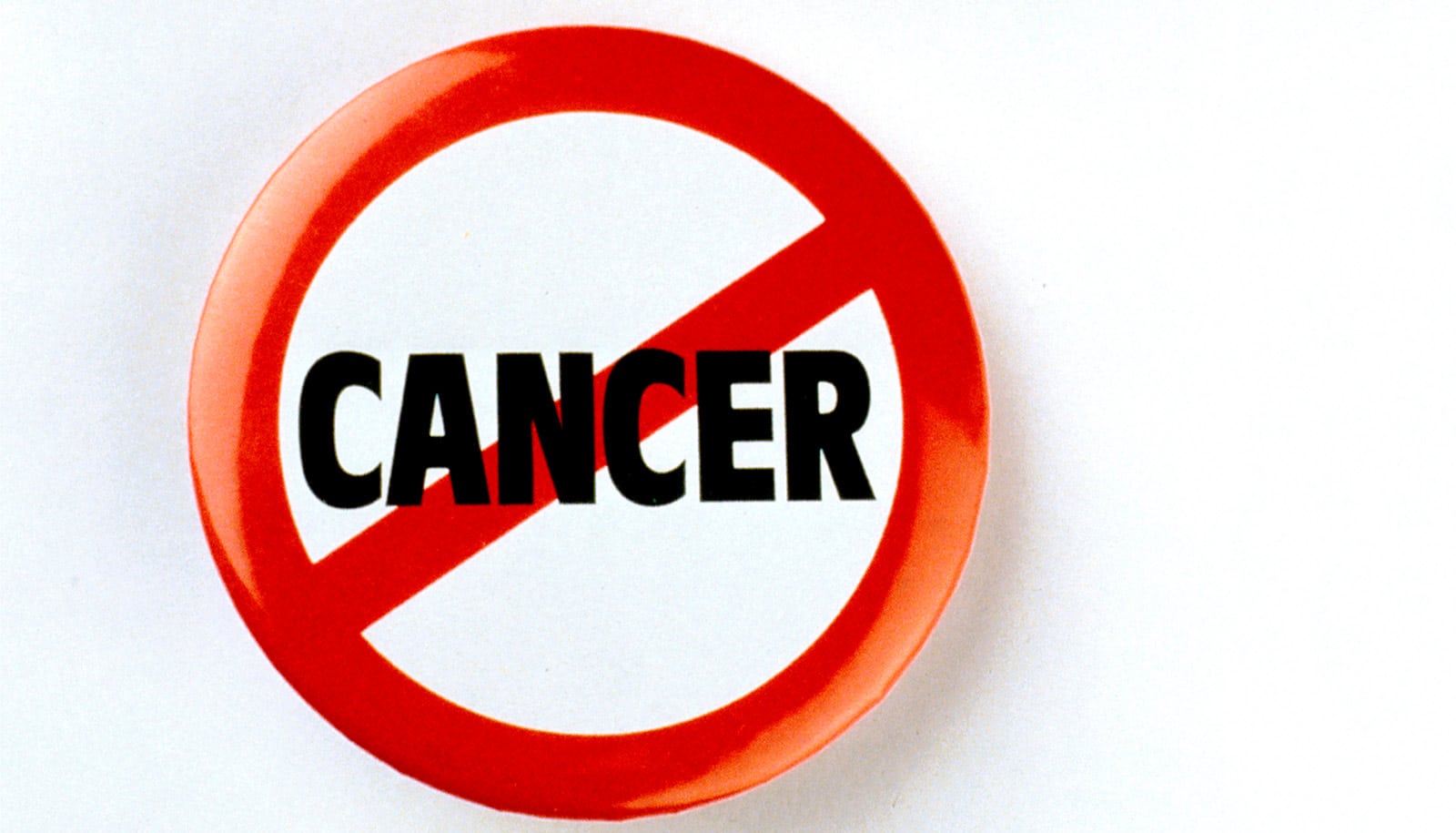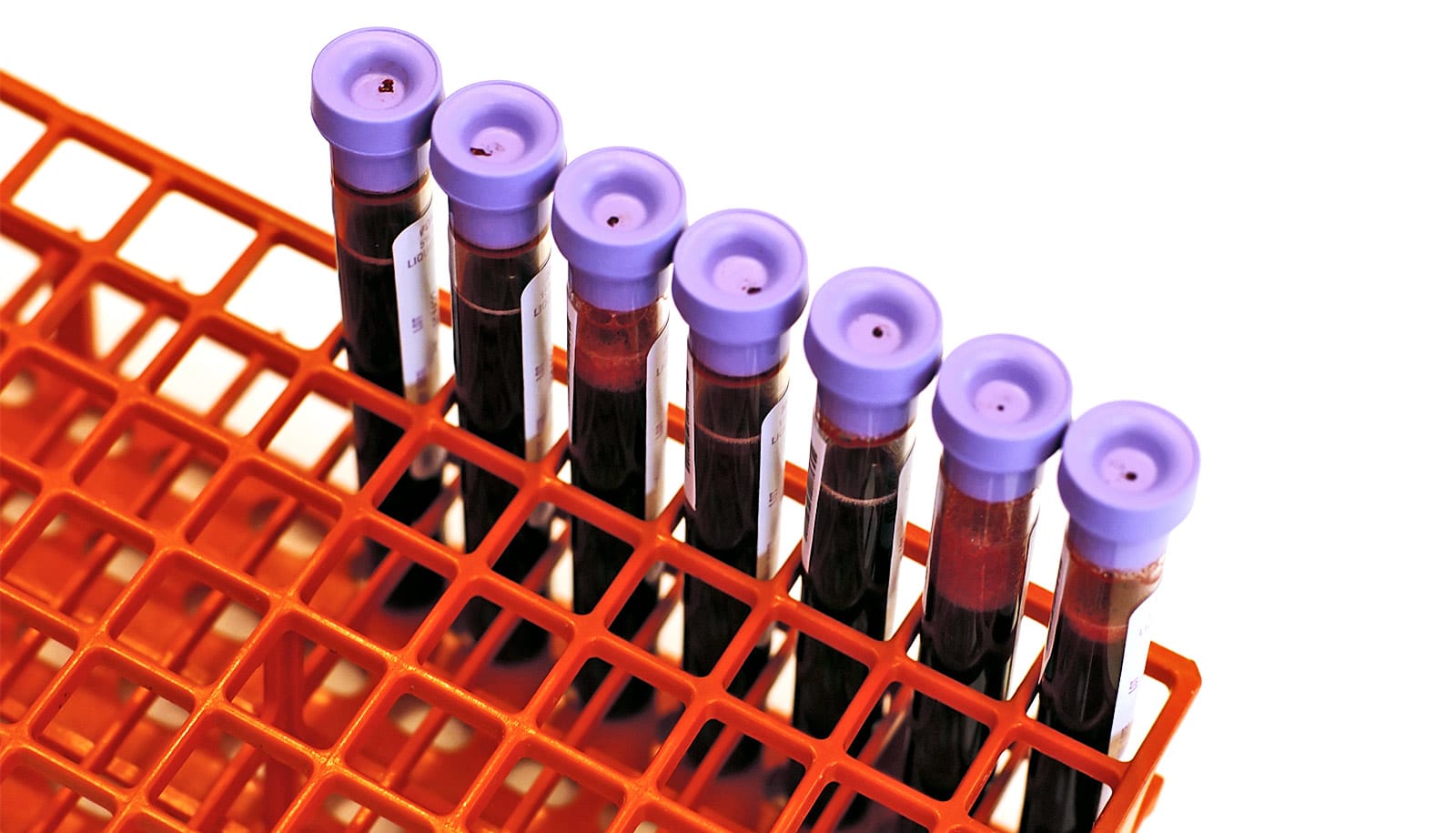It’s a grim projection: in 2024, for the first time ever, the United States is expected to surpass more than two million new cases of cancer in a year.
The bleak forecast comes from the American Cancer Society’s latest annual cancer statistics report, released earlier this month. According to the society, that headline figure translates to around 5,500 cancer diagnoses a day; it also predicts 611,000 deaths over the course of 2024—even as the likelihood of dying from cancer has continued to decline over the past 30 years.
Also on the rise are incidences of six common cancers: breast, endometrial, kidney, melanoma, pancreatic, and prostate. And worse, younger people are increasingly being diagnosed with cancer.
Here, Naomi Y. Ko, an associate professor of medicine and co-director of the Breast Cancer Program at Boston Medical Center, Boston University’s primary teaching hospital, talks about how we got to this point—and if there’s anything we can do to mitigate the numbers:
There’s a lot of information in the annual report. What stood out to you?
So, the American Cancer Society puts this report out every January, and the statistics reflect the past few years of data. We haven’t quite seen what the COVID effect may be yet in terms of later-stage diagnoses and delays to treatment and care. But I think the magnitude of cancer incidence in this country is really one of the highlights of this year’s findings—that we’re crossing that two million new diagnoses threshold, with about 600,000 deaths.
The other thing that stuck out to me was the increase in six of the main cancers. What’s fascinating is that we’re also seeing very specific trends in age for cancers: for one, colon cancer is the leading cause of cancer death in men under the age of 50. About 20 years ago, it was the fourth leading cause. And colon cancer is the second leading cause of cancer death in women under 50, after breast cancer. So, there’s something scary going on with colon cancer.
Also salient is what we’re seeing with cervical cancer. Women in their twenties are of the age where they had the HPV vaccine, so we’re seeing an incredible decrease in cervical cancer in that age group. However, women aged 30 to 44 still have an increased incidence rate of cervical cancer, which is frightening. So, the messaging there is to make sure you get regular pap smears and to vaccinate your teenagers as soon as they’re eligible.
The report also highlights disparities between patient populations, with Black, brown, and other marginalized patients often experiencing dramatically worse health outcomes than white patients. How do those gaps happen?
Those of us who work in cancer disparities talk a lot about why these differences exist, and why it’s been this way for several decades now. I do worry a little bit that the public thinks it’s old news by now—but it’s not, because the differences are still so stark.
Things to note from this year’s report are that the death rate is two times higher for Black patients versus white patients for prostate, stomach, and uterine cancer; Native Americans have an extremely high risk of liver, stomach, and kidney cancer; and, for breast cancer, we see that the likelihood of dying is about 41% higher for Black women than for white women.
I think that perpetual structural racism, poverty, and social determinants of health—specifically in the lack of access to prevention, diagnosis, detection, and treatment—all play a huge role in why certain populations in our country are more likely to die of cancer.
The tricky part is that it’s not just one easy fix; ameliorating disparity involves a complexity of multilevel interventions that can determine how a single patient may or may not survive their diagnosis.
Are there any bright spots in the findings?
From about 1991 to 2021, which is the current data, we’ve had a 33 decrease in mortality from cancer in general. Overall, we’re seeing just amazing, amazing improvements in both treatment and screening for cancers. Breast cancer, prostate cancer, lung cancer—treatments are getting better and better.
There’s been a dramatic increase in five-year survival rates for two particular cancers: chronic myeloid leukemia, which we have an incredible medicine for, and stage 4 melanoma, which is largely due to immunotherapy. And even though we’re seeing an increase in colon cancer in younger patients, we’re seeing a decrease in mortality of colon cancer in older ages. We can attribute that to screening.
It’s a really exciting time for cancer research. There’s a lot of enthusiasm, and new laboratory techniques and scientific innovations. My research is focused on triple-negative breast cancer in Black women, and why it’s more deadly for that population. I know there are other researchers focused on prostate cancer in Black patients. There’s great work happening in circulating tumor DNA, where you can draw a patient’s blood and get the DNA from the tumors themselves. I think that’s going to revolutionize how we not only diagnose, but also monitor disease progression in the future.
Finally, what can you do to decrease your risk of cancer?
As an oncologist, there are big prevention messages that I want people to know. The first would be to stop smoking—around 80% of lung cancers are smoking related. The other would be limiting your alcohol intake. We’re finding more and more evidence that demonstrates that alcohol is extremely detrimental. Otherwise, I like to say eat healthy, exercise, get vaccinated—such as with the HPV vaccine—and get knowledgeable about your genetic risks and proactively undergo screening.
And, one message I always try to share is that we’re asking Black and brown women patients to donate tissue to research. We know that can be a hard ask, because there’s historically been tremendous medical abuse of those communities.
The onus is on us as providers to change our behaviors and priorities so that those patients don’t get left behind on this horizon of incredible scientific discovery. If we’re not collecting the tissue and blood of patients who are the most vulnerable, then much of our science and research comes from the tissue of white, wealthy patients—which skews data toward that patient population. I don’t think we’ll see cancer disparity statistics get any better unless we make sure all patients are at the table in clinical trials and research.
Source: Alene Bouranova for Boston University



